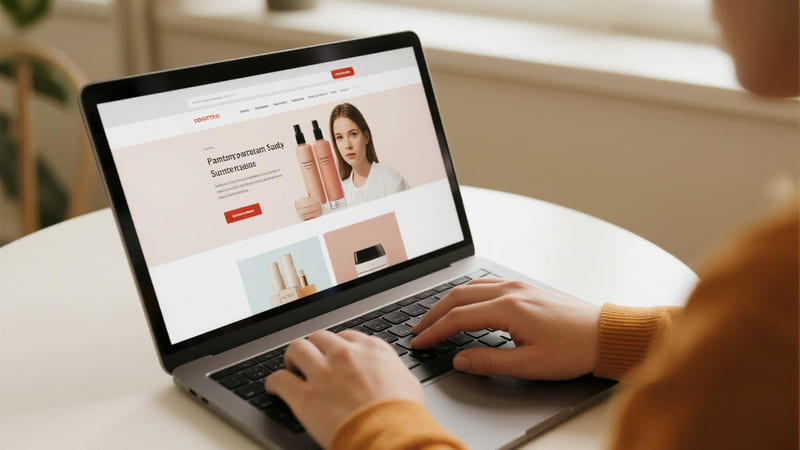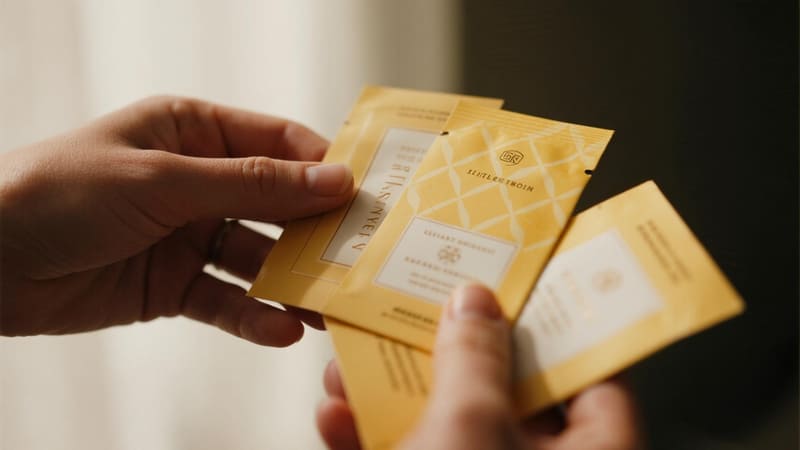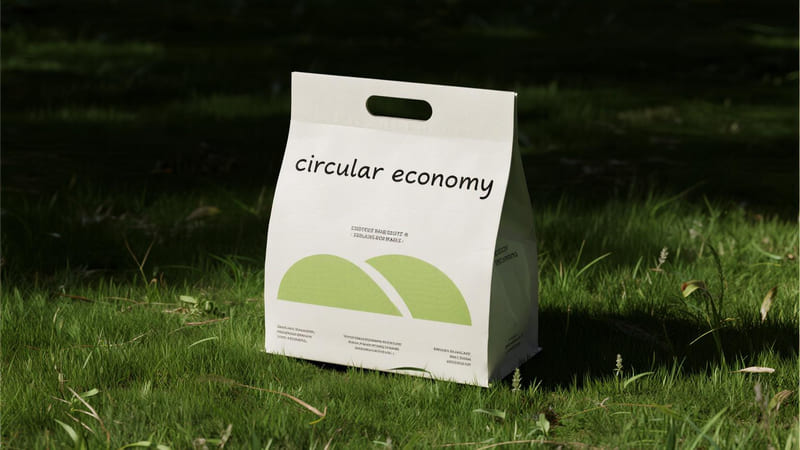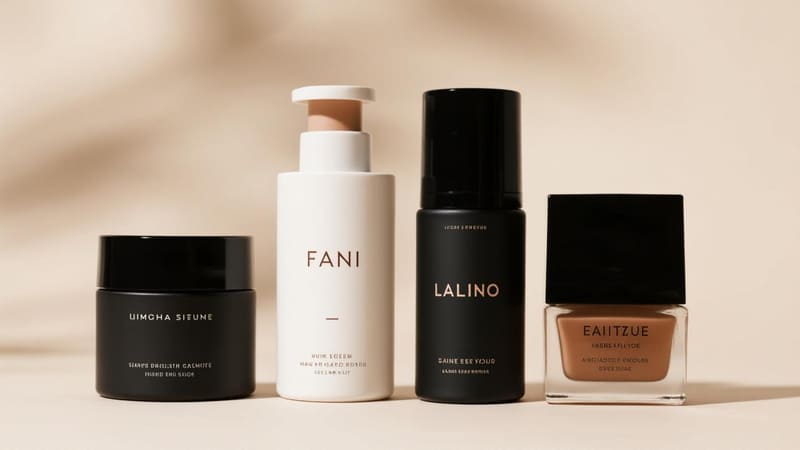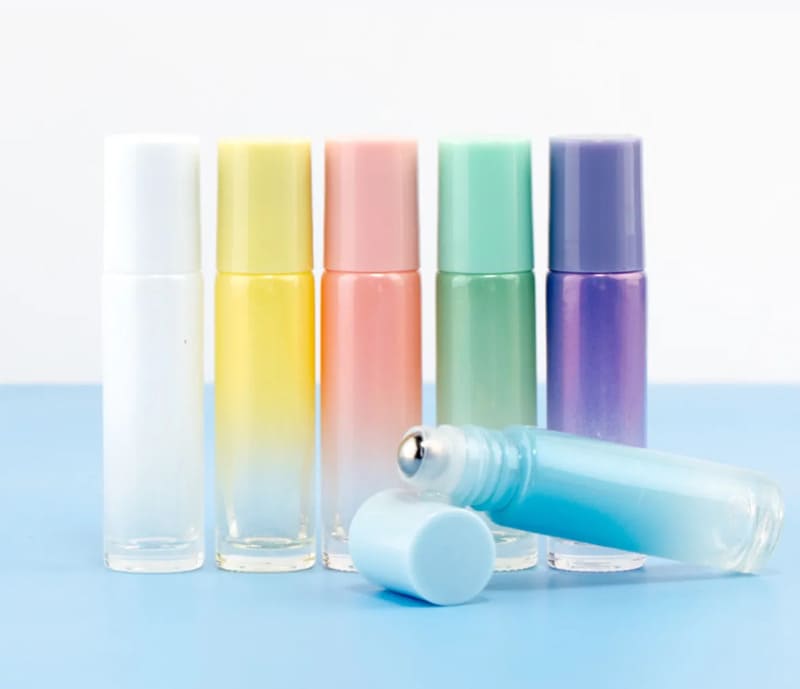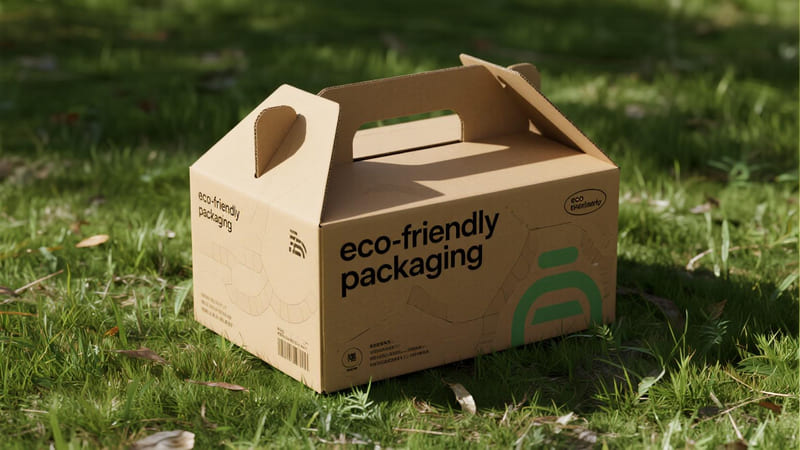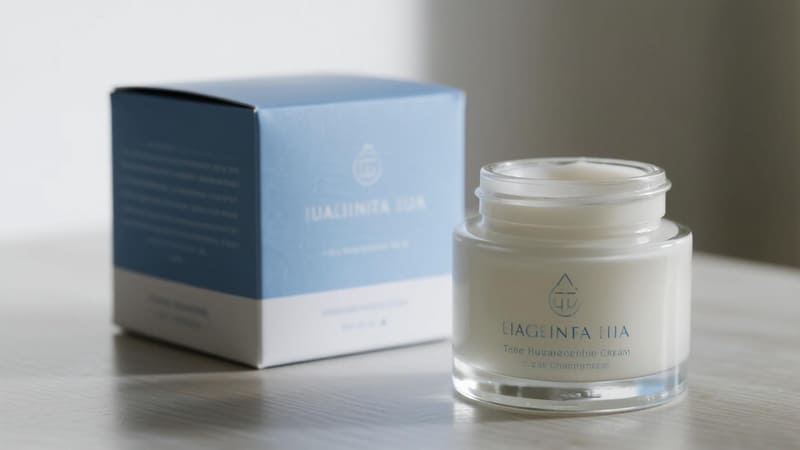Google is an incredibly powerful tool for finding cosmetic packaging suppliers, but its vastness can also be overwhelming. Sifting through millions of results to find a truly good, reliable partner requires a strategic search process, a keen eye for detail, and a solid vetting methodology.
To find a good cosmetic packaging supplier on Google, use specific, long-tail keywords in your search, look beyond the first page of results, and thoroughly evaluate a potential supplier’s website for professionalism and expertise. Then, vet them by checking for certifications, requesting samples, and assessing their communication and industry knowledge.
As a global manufacturer, ShineTop knows that our clients often begin their journey with a simple Google search. Making our expertise and quality evident online is key. This guide will walk you through how to search like a pro and identify high-quality partners from the sea of online results.
Step 1: Master Your Google Search with Specific Keywords
The quality of your search results depends directly on the quality of your search query. Vague searches will yield generic, often unhelpful results. You need to be specific.
Use long-tail and specific keywords to narrow your search. Combine material, product type, desired feature, supplier type, and location. For example, instead of "cosmetic packaging," search for "custom rigid boxes for luxury skincare USA" or "wholesale PCR PET airless pump bottles China."
Effective Keyword Strategies:
- Combine Product Type + Supplier Type:
- "cosmetic tube manufacturer"
- "empty lipstick container wholesaler"
- "glass dropper bottle supplier"
- Add Material Specifics:
- "PCR plastic cosmetic jars"
- "FSC certified paperboard cosmetic boxes"
- "bamboo cosmetic packaging"
- "Zamac perfume caps"
- Include Features or Styles:
- "airless pump bottle supplier"
- "luxury rigid box manufacturer"
- "eco-friendly makeup packaging"
- "custom printed eyeshadow palettes"
- Add a Location (if relevant):
- "cosmetic packaging supplier USA"
- "beauty packaging factory Asia"
- "packaging companies in California"
- Use "Action" Words:
- "buy wholesale cosmetic containers"
- "source custom cosmetic packaging"
Pro Tip: Don’t just look at the first page of results. Some excellent, established manufacturers may not have the most aggressive SEO (Search Engine Optimization) and could appear on pages 2, 3, or beyond. Dig deeper.
Step 2: Scrutinize the Supplier’s Website
Once you have a list of potential suppliers from your search, their website is your first point of evaluation. A professional, informative website is a strong indicator of a professional, reliable company.
Thoroughly evaluate the supplier’s website for signs of quality and expertise. Look for a professional design, detailed product specifications, clear information about their manufacturing capabilities and materials, case studies or a client portfolio, and readily accessible contact information. A weak, outdated, or vague website is a major red flag.
Website Vetting Checklist:
- First Impressions: Does the site look modern, professional, and easy to navigate? Or is it outdated, slow, and full of errors?
- "About Us" Page: How long have they been in business? Do they talk about their mission, values, and facilities? (For example, ShineTop’s site details our 20+ years of experience and our 100,000㎡ self-owned factories).
- Product/Services Pages:
- Are the product descriptions detailed? Do they specify materials, sizes, and customization options?
- Do they have high-quality images of their work?
- Capabilities & Expertise: Do they clearly state their manufacturing capabilities (e.g., printing methods, finishing techniques, materials they work with)? Do they have a blog or resources section that demonstrates their industry knowledge?
- Case Studies / Portfolio: Do they showcase work they’ve done for other brands? This is strong proof of their experience.
- Certifications: Do they display quality or sustainability certifications like ISO 9001, FSC, or social compliance audits?
- Contact Information: Is it easy to find their address, phone number, and email? A legitimate company will be transparent.
Step 3: Vet the Company Beyond Their Website
A great website is a good start, but you need to dig a little deeper to verify the company’s reputation and legitimacy.
Go beyond their website to vet potential suppliers. Search for the company name on LinkedIn to see their professional presence and employee profiles. Look for independent reviews or mentions in industry forums or publications. Check their physical address on Google Maps to see if it corresponds to a legitimate commercial or industrial location.
- LinkedIn Search: A strong LinkedIn company page with active, professional employee profiles is a good sign. It adds a layer of legitimacy.
- Google the Company Name + "Reviews": While direct reviews for B2B manufacturers can be sparse, you might find mentions in industry forums, articles, or sometimes, on B2B platform profiles if they have one.
- Check Their Address: Use Google Maps and Street View. Does the listed address look like a factory or a professional office building? Or does it point to a residential address or a mail drop?
- Verify Certifications: If they claim to be ISO 9001 certified, you can sometimes verify this through the certifying body’s database.
Step 4: Make Contact and Assess Communication
Your first interaction with a potential supplier is incredibly telling. Their responsiveness, professionalism, and the quality of their answers will give you a strong sense of what it would be like to work with them.
Send a detailed and professional inquiry email. Assess their response time, the clarity and thoroughness of their answers, and their willingness to provide information. A good supplier will be responsive, ask clarifying questions to better understand your needs, and demonstrate their expertise in their reply.
What to Include in Your First Email:
- A brief introduction to your brand.
- Detailed specifications of the packaging you need (product type, material, size, quantity, printing/finishing).
- Attach a design file or visual reference if you have one.
- Ask specific questions about their process, MOQs, and capabilities.
What to Look for in Their Reply:
- Timeliness: Did they respond within a reasonable timeframe (e.g., 24-48 business hours)?
- Professionalism: Was the email well-written and professional?
- Clarity: Did they answer your questions directly and clearly?
- Expertise: Did they offer helpful suggestions or ask smart questions that show they understand your needs? (e.g., "For that type of formula, we’d recommend a PP inner jar for better compatibility."). This is a hallmark of an experienced partner like ShineTop.
Step 5: Request and Evaluate Samples
This is the most critical step in the entire process. You cannot judge the quality of a physical product from a website alone.
Never place a significant order without first requesting and evaluating physical samples. Ask for samples of their previous work that are similar to what you need. When you receive them, meticulously scrutinize the material quality, construction, print accuracy, and finish application. The quality of their samples is a direct reflection of the quality of their mass production.
Sample Evaluation Checklist:
- Material Feel: Does the paperboard feel sturdy? Does the plastic feel cheap or substantial? Does the glass have a good weight and clarity?
- Construction Quality: Are the folds on the boxes crisp and clean? Do the caps fit snugly? Do pumps and sprayers function smoothly?
- Print Quality: Are the colors vibrant and accurate? Is the text sharp? Is the printing perfectly aligned?
- Finish Quality: Is the foil stamping clean with no flaking? Is the embossing sharp? Is the lamination smooth with no bubbles?
- Overall Craftsmanship: Does the sample look and feel like a high-quality piece of packaging?
This step is non-negotiable. A good supplier will be happy to send you samples. My clients Anna from Thailand and Mohammed from Iraq both made their final decisions to partner with ShineTop after being impressed by the quality of the samples we provided.
Conclusion
Finding a good quality cosmetic packaging supplier on Google is a process of strategic searching, diligent investigation, and careful evaluation. By using specific keywords to refine your search, scrutinizing websites for professionalism and expertise, vetting companies through external sources, and, most importantly, meticulously evaluating physical samples, you can move beyond the search results page to find a true packaging partner. A great supplier will not only manufacture your packaging but will also provide the expertise and collaboration needed to bring your brand’s vision to life with quality and excellence.



